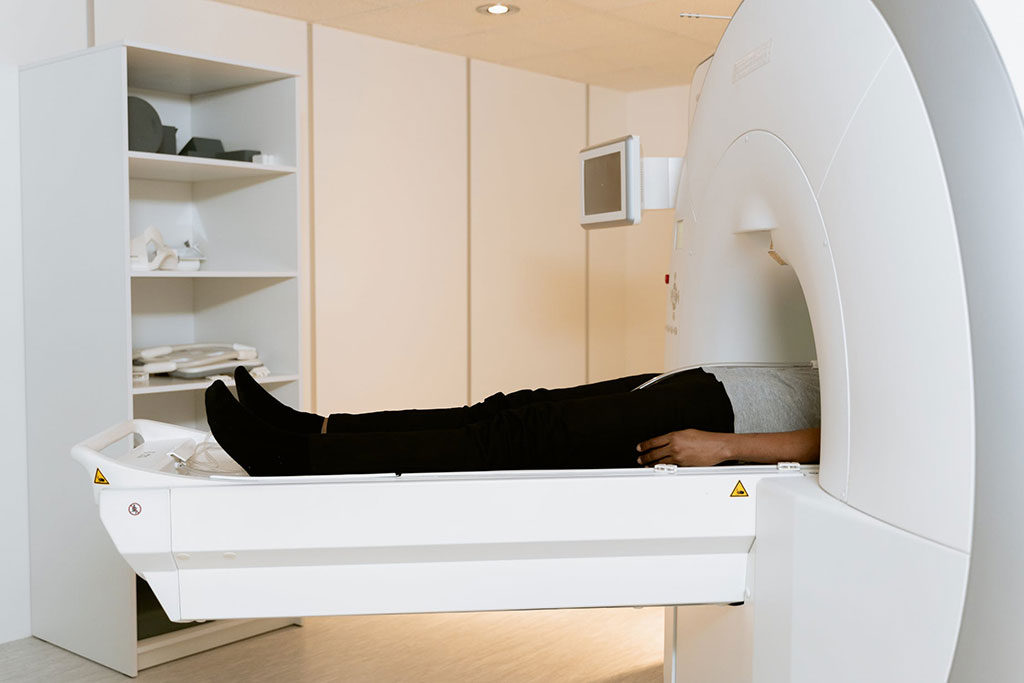Functional MRI (fMRI) Offers Non-Invasive Method for Risk Assessment in Liver Disease
Posted on 20 May 2022
In a recent study, a team of scientists has shown that functional magnetic resonance imaging (fMRI) can be used as a non-invasive method for predicting complications in chronic liver disease.
The scientists combined a simple risk stratification system developed at Medical University of Vienna (Vienna, Austria) - the functional liver imaging score (FLIS) - with splenic diameter. This new non-invasive method can be used to complement invasive investigations. For their study, the multidisciplinary group of researchers analyzed patients with liver cirrhosis. The FLIS was confirmed to be extremely useful as a supplement to and/or replacement for existing invasive procedures for estimating severity and mortality risk. In the recent study, the scientists combined FLIS and splenic diameter for the first time to refine the new non-invasive method. This combination provided them with complementary data for risk assessment in patients with advanced chronic liver disease.

FLIS was assessed by fMRI using a liver-specific contrast agent and is plotted on a scale of 0 to 6 points. The study found that patients with advanced liver disease and a low FLIS (0-3 points) or a high FLIS (4-6 points) but a large spleen (>13cm diameter) had a 3.2-fold increased risk of liver-associated complications compared with patients with a high FLIS (4-6 points) and small spleen (≤13cm). Furthermore, irrespective of spleen size, patients with a low FLIS (0-3 points) had an 8.5-fold increased risk of death compared with those with a high FLIS (4-6 points) and small spleen (≤13cm).
With the combination of FLIS and spleen size, the researchers addressed the fact, long known in medicine, that patients with chronic liver disease often have high blood pressure in the circulatory system upstream of the liver (portal hypertension). This promotes the development of complications and leads to enlargement of the spleen: the more severe the liver disease, the more pronounced the portal hypertension - and the larger the spleen. The findings from the study will now be confirmed by multicentre clinical trials, i.e. clinical trials conducted in parallel at different institutions.
Related Links:
Medical University of Vienna






 Guided Devices.jpg)







